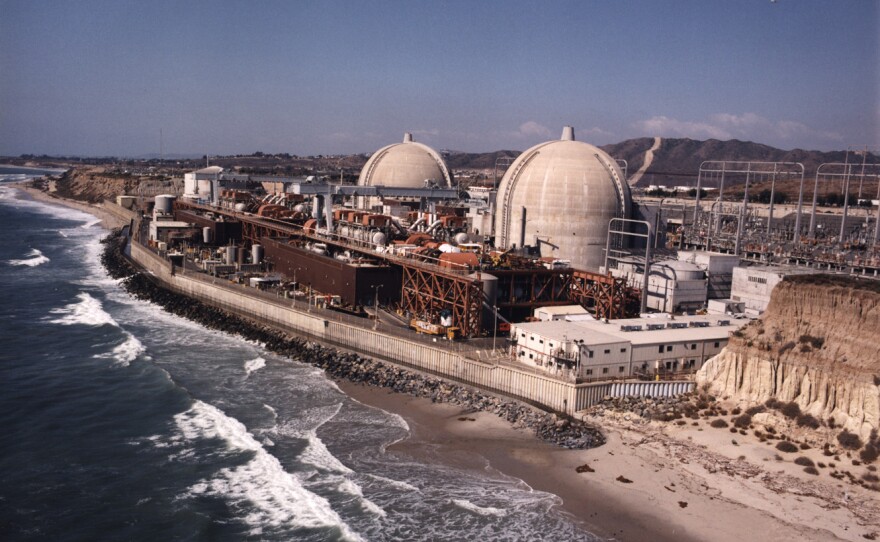The report is from the California Public Interest Research Group or CALPIRG and the Environment California Research and Policy Center.
"For nearly 2.3 million residents of the Southern California region drinking-water supplies are located within 50 of the San Onofre Nuclear Power Plant," said Emily Rusch, CALPIRG's Education Fund State Director. "That's a concern because, as we learned from last year in Fukushima, Japan, drinking water sources can become contaminated in the event of an accident or underground leak."
She readily admits this is not something people need to worry about now - it is partly based on a worst-case disaster scenario.
But Rusch said there are on-going problems with underground leaks at aging nuclear power plants in the United States.
The report said the drinking water for another 66,450 Californians on the Central Coast could be affected from leaks or a disaster at the Diablo Canyon nuclear plant near San Luis Obispo.
She said across the country, 21 nuclear plants sit within 50 miles of the drinking water sources of 1 million or more people.
Gil Alexander with Southern California Edison, which operates the San Onofre Nuclear Generating Station, provided the nuclear industry's association response to the report.
The Nuclear Energy Institute responded to the report with the following statement:
"There is no scientific evidence that any member of the general public has ever been harmed by any radiation release from a U.S. nuclear power plant, including tritium," according to the Nuclear Energy Institute. "And no adverse impacts on public health in the United States are identified in this report."
"The U.S. nuclear energy industry takes extraordinary measures to protect bodies of water and drinking water supplies near nuclear energy facilities. Extensive measures are taken in the design, construction and operation of U.S. facilities to ensure public health and safety and to protect the environment. These measures have proven highly effective over more than 3,500 combined reactor-years of operation."
"Before issuing a license to a plant and allowing it to operate, the U.S. Nuclear Regulatory Commission specifically evaluates any potential impacts on sources of drinking water that might occur during normal operations and from postulated accidents. Each plant is required to regularly monitor all sources of drinking water in the vicinity of the plant and report the results in an annual public report."
Alexander also said the San Onofre plant routinely monitors ground water at and near the plant as part of its environmental monitoring program.
"The ground water beneath the plant is not a source of drinking water for the facility or nearby communities," said Alexander. "The nearest drinking water wells, about two miles from the plant, have been tested for radionuclides and found to meet all Environmental Protection Agency standards for drinking water.







